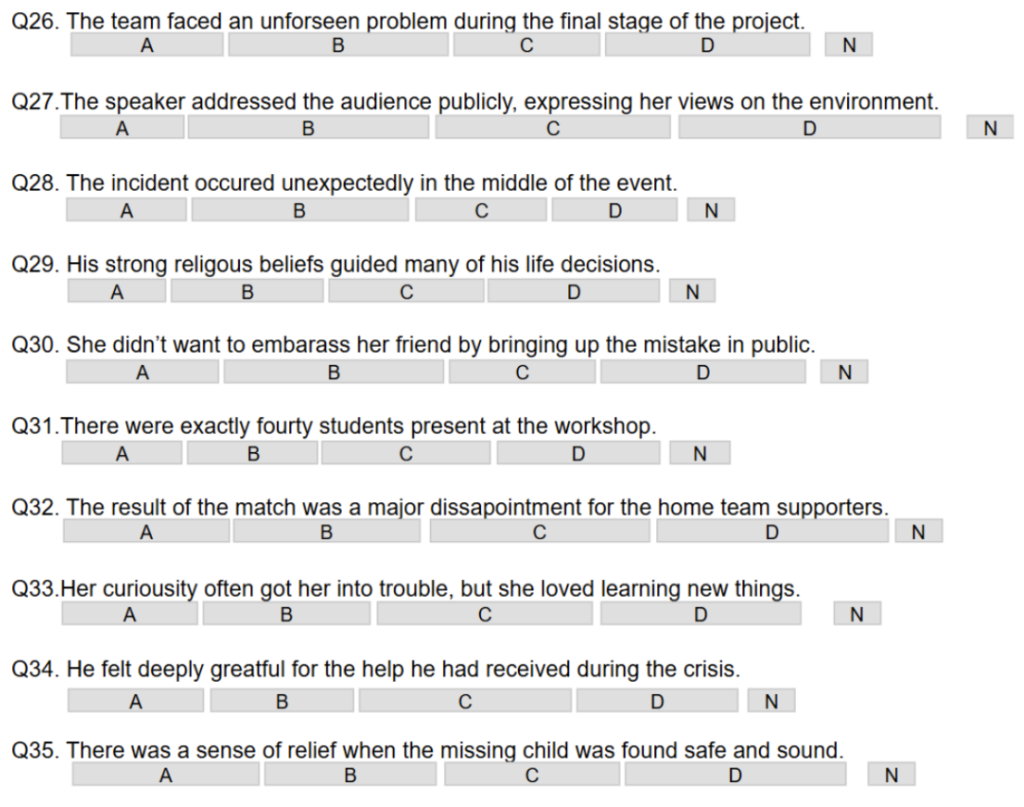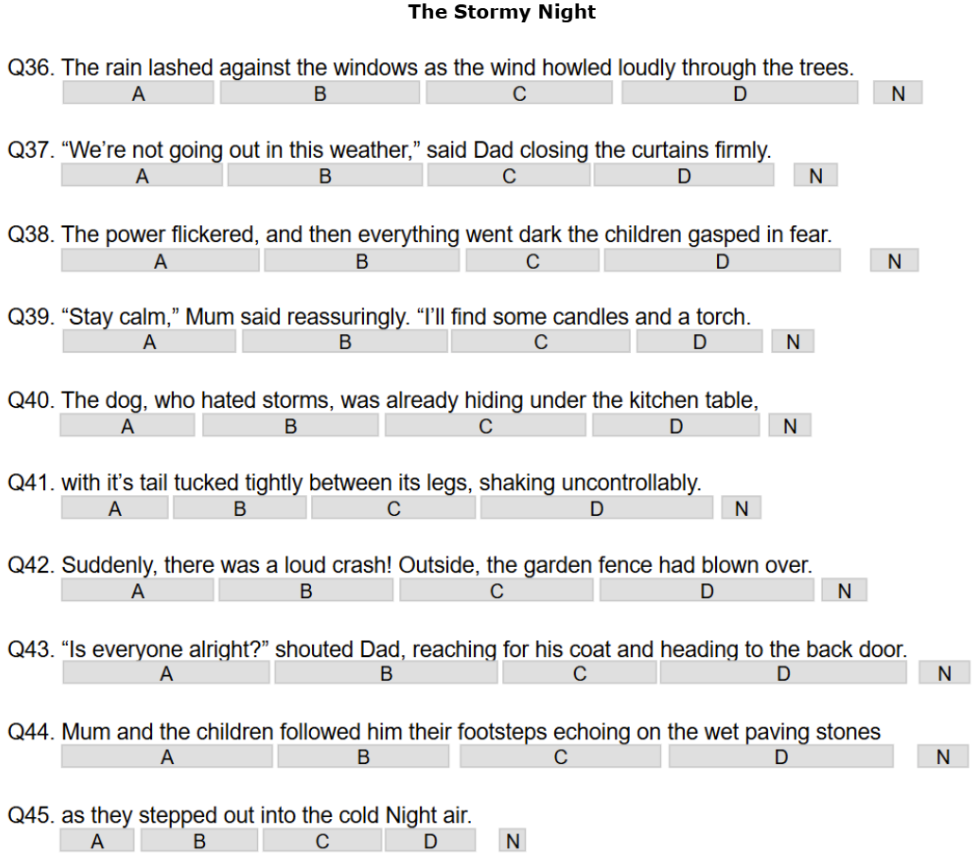27July Mock - Paper1
Nikola Tesla: The Visionary Who Lit the World
Nikola Tesla was one of the most brilliant inventors and electrical engineers the world has ever known. Born in 1856 in Smiljan, a small village in modern-day Croatia, Tesla displayed an astonishing memory and imagination from an early age. His father was a priest and poet, and his mother, though unschooled, was an inventor in her own right. From her, Tesla likely inherited his fascination with creating devices and solving mechanical problems.
Tesla’s academic journey was marked by brilliance but also rebellion. He enrolled in the Austrian Polytechnic School in Graz, where he first encountered the concept of alternating current (AC). While he never completed his degree, his time there sparked a lifelong interest in electrical power. In 1884, Tesla emigrated to the United States with little more than a letter of recommendation and a dream to work with the renowned inventor Thomas Edison.
Tesla did manage to secure a job with Edison. However, their working relationship quickly soured. Edison was a staunch supporter of direct current (DC), a system of electrical transmission that was limited in range. Tesla, on the other hand, believed AC was superior, as it could transmit electricity over long distances with minimal loss of energy. Imagine trying to send water through a very long, narrow pipe; with DC, you lose a lot of pressure over distance. AC, however, could be easily “stepped up” to high voltages for efficient long-distance travel, then “stepped down” to safer voltages for homes and businesses using transformers.
Their disagreement led to one of the most famous rivalries in scientific history: the “War of the Currents.” Edison launched a smear campaign against Tesla’s AC system, even staging public demonstrations in which animals were electrocuted to show its supposed dangers. Meanwhile, Tesla found support from industrialist George Westinghouse, who believed in Tesla’s vision. Together, they promoted AC technology. The turning point came when Tesla’s system was chosen to power the 1893 Chicago World’s Fair, dazzling visitors and proving AC’s effectiveness to the world.
Tesla’s fame soared. He became known for his spectacular public demonstrations, where he would light lamps wirelessly or allow electricity to pass through his body without harm. Perhaps his most dazzling trick was standing on a stage, holding an unlit light bulb, and having it glow brightly in his hand, powered wirelessly by the unseen electromagnetic fields around him—a true marvel that baffled and delighted audiences.
Among Tesla’s many inventions was the Tesla coil, a device that could generate extremely high voltages. It played a crucial role in early radio experiments and is still used today in demonstrations and certain technologies. Tesla also developed ideas for wireless transmission of energy, laying the groundwork for modern technologies such as Wi-Fi, remote controls, and even drones.
Years later, Guglielmo Marconi would be credited with inventing the radio, eventually winning a Nobel Prize. However, it was later recognised by the U.S. Supreme Court that Marconi’s patents relied heavily on Tesla’s earlier work. Tesla was posthumously granted priority for many of the foundational technologies behind radio, reinforcing his status as a misunderstood genius ahead of his time.
Tesla wasn’t just an inventor—he was a dreamer. He envisioned a world where free wireless energy could be transmitted to every corner of the globe. One of his most ambitious projects was the Wardenclyffe Tower, built on Long Island in the early 1900s. Funded initially by financier J.P. Morgan, the tower was designed to send wireless signals and power across vast distances. But when Morgan realised the technology might make energy freely available, he pulled his funding. Without financial support, the project collapsed. Tesla was devastated. His ultimate goal wasn’t just convenience, but to make energy universally accessible and free, believing it could eliminate poverty and war—a truly visionary, if perhaps naive, ambition.
Tesla’s inventive process was as remarkable as his creations. Unlike many inventors who relied on sketches and physical models, Tesla often visualised entire machines in his head. He could “run” them mentally for weeks or months, adjusting every detail before building a single component. This mental engineering allowed him to innovate at a pace few could match.
In his later years, Tesla became more reclusive, living in New York hotels and working in solitude. His peculiar habits—such as an aversion to pearls, refusing to shake hands, and his fascination with pigeons—sparked both curiosity and concern. Some now believe these quirks may have reflected a mix of obsessive focus and possible mental health struggles, though he remained deeply dedicated to science until his final days.
Tesla died alone in 1943 in a New York hotel room, largely forgotten by the public. Yet in the decades that followed, history began to recognise the depth of his contributions. In 1960, the unit of magnetic flux density was named the tesla in his honour. His name now appears in science textbooks, documentaries, and even a leading electric car company—Tesla, Inc.—which symbolises a new era of clean energy and innovation.
Today, Nikola Tesla is celebrated not only as a pioneer of electricity but as a visionary whose ideas continue to shape our world. From wireless communication to renewable energy, his legacy lives on. Though he faced betrayal, financial ruin, and skepticism, Tesla never stopped dreaming. He reminds us that the future often begins with the imagination of those bold enough to dream differently.




